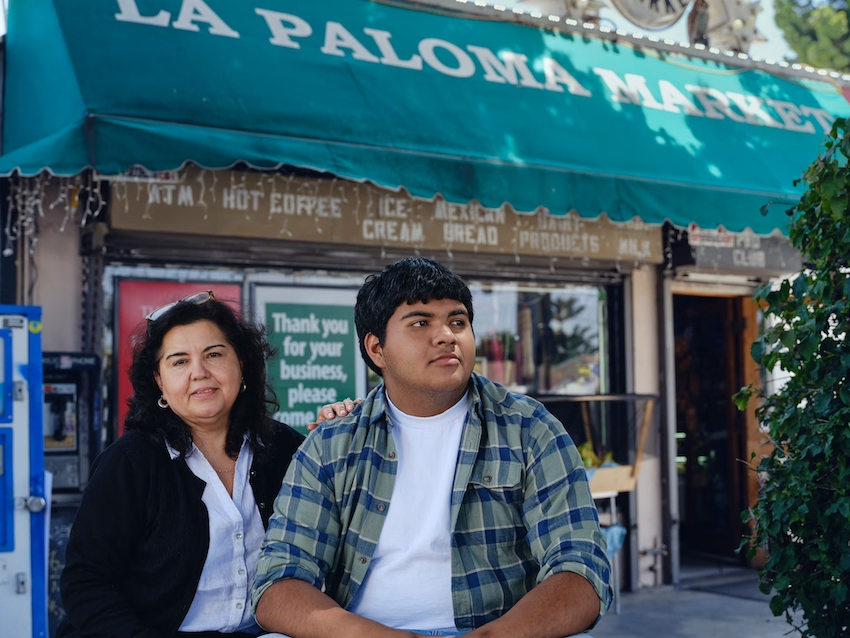The tobacco industry kills 110 Californians each day.3 And for every 1 death, 30 more people suffer from a disease that this industry caused – diseases that rob Californians of their parents, siblings, neighbors, friends, and their own lives.4
How have we let this go on for so long? What the tobacco industry wants us to believe is that it’s all about “freedom of choice.” This conveniently shifts accountability away from them and back onto their customers. From the industry’s point of view, people who use their products are solely responsible for the death and disease they experience.5 But that doesn’t work for two key reasons:
- Secondhand smoke exposure tramples all over non-tobacco users’ “freedom of choice.” Thousands of people suffer and die each year from secondhand smoke exposure.6 People who have never even touched the tobacco industry’s products. And you might be thinking – it’s not the industry that exposed them to secondhand smoke, it’s the users. People who use tobacco choose to use the tobacco that ends up hurting those around them. But let’s talk about how much “freedom of choice” tobacco users have.
- People who use tobacco had their “freedom of choice” removed when Big Tobacco targeted and addicted them as children.7 We have known for a long time that the tobacco industry engineers its products to maximize addictiveness.8 Most people who smoke want to quit and wish they had never started.910 And they will tell you that quitting is one of the hardest things they’ve ever done.1112 This, coupled with the tobacco industry’s business model that relies on targeting and hooking young people, calling them “replacement smokers,” starts making this “freedom of choice” argument look more and more like another tobacco industry scam.13 We know that the tobacco industry uses tactics that are intentionally designed to attract kids – fun flavors, colorful packaging, candy-like names, and sleek-tech devices.1415 And the industry’s predatory practices work – 90% of adults who smoke daily started before they turned 18.7 Nicotine hooks young developing brains and removes “freedom of choice” before kids even have the right to vote.
The tobacco industry knowingly sells products that kill, spending billions of dollars each year to keep its highly addictive and deadly products on shelves.1617 And now they’ve created a youth vaping epidemic hooking a new generation on their toxic vapes.18
We all have the right to live and raise families in healthy environments without forced exposure to deadly substances that cause cancer and can damage the brain, lungs, and heart. And those people who don’t have a choice of where they live – children, elderly, disabled people, or those just struggling to get by – don’t deserve to have their rights to healthy, clean air taken away. It’s time to hold the tobacco industry accountable.












